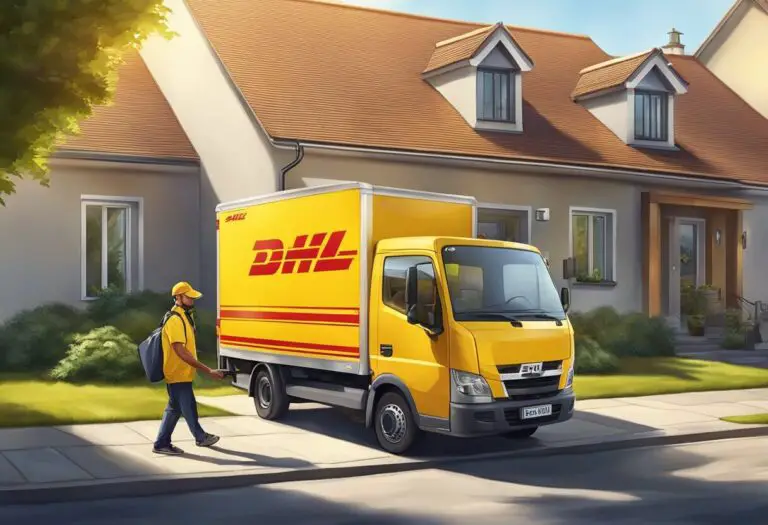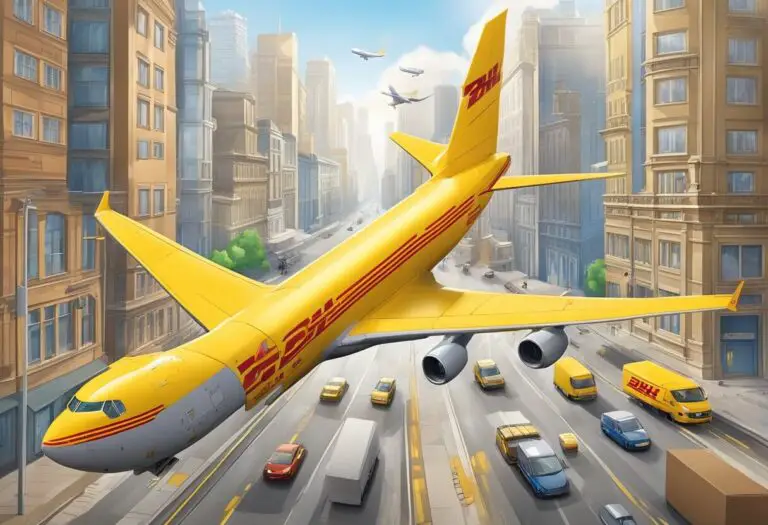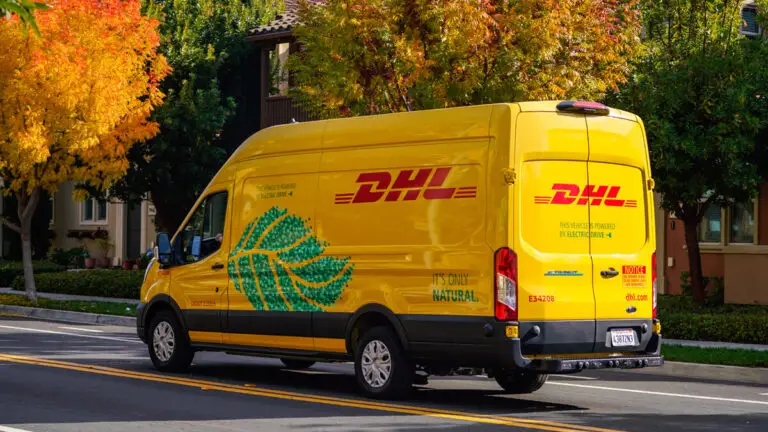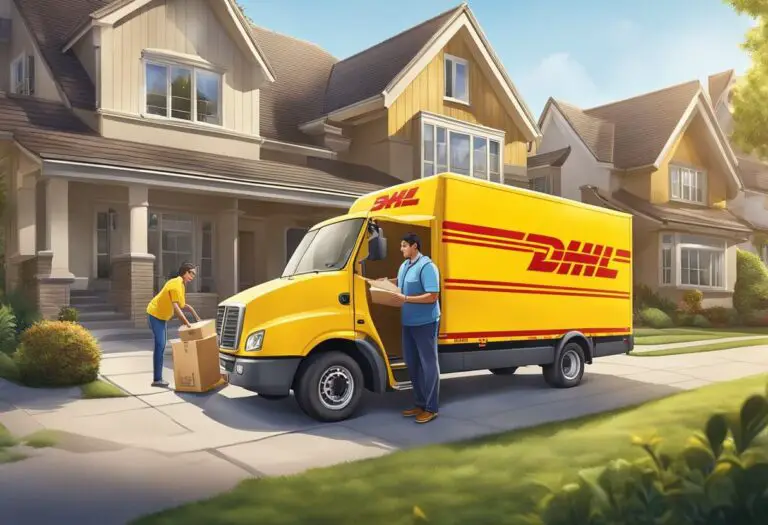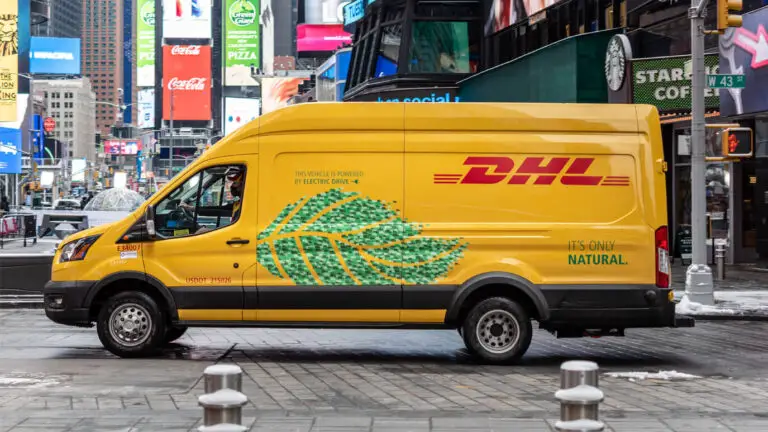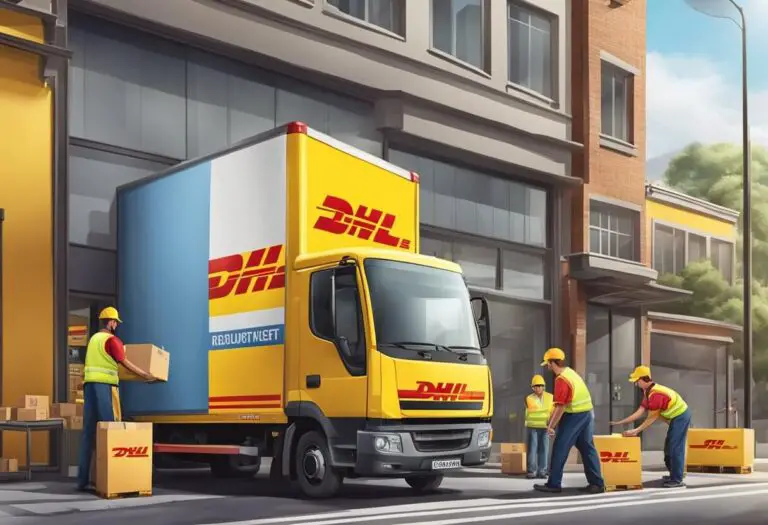DHL Shipment Holds: Top 10 Common Causes & Solutions

The convenience of online shopping means getting items delivered directly to our doorstep. And when that familiar DHL truck pulls up, we excitedly await our parcel.
But what if the delivery date passes and your DHL tracking still shows “shipment on hold”?
It’s frustrating yet common for DHL packages to face delays and temporary holds during transit. While concerning, these shipment pauses are usually short-term and easily resolved.
This guide will cover the top 10 reasons a DHL shipment might be put on hold and, more importantly, how to get it moving again towards its destination.
Delay at Customs for Clearance
One of the most frequent reasons for a DHL shipment hold is awaiting customs clearance when crossing international borders.
Every shipment needs to pass through a customs inspection before entering a new country. Officials verify paperwork and check the package contents to ensure proper imports.
Delays can occur if any required customs documentation is missing, inaccurate, or lacking key details about your DHL shipment:
- Commercial invoice stating product origins, descriptions, and values
- Packing list specifying contents, sizes, and quantities
- Certificate of origin confirming manufactured source
- Import license for restricted items
Incomplete paperwork triggers a more extensive inspection process before customs releases the shipment. This causes it to be placed on hold until the issue gets resolved.
If your DHL tracking shows a persistent hold at customs, contact their support team, who can investigate specifics and guide the necessary actions, whether that’s asking the shipper to amend documents or providing additional paperwork yourself.
Getting your information quickly corrected is crucial because customs delays can rack up costly storage fees. And in rare cases, if questions remain unresolved after 30 days, shipments may be returned to senders.
Port Congestion Issues
Another common factor for DHL shipment holds is congestion at shipping ports which causes backlogs.
As a shipment travels between destinations, it passes through various transportation hubs like airports and seaports. These manage enormous cargo volumes daily.
But when intake exceeds capacity, bottlenecks occur. This overwhelming congestion ripples through the whole supply chain. Incoming shipments––like your DHL package––then stack up in long queues awaiting processing.
Lengthy wait times trigger DHL to classify held-up packages as “on hold.” Depending on port conditions, the delay may stretch on for days or even weeks in severe scenarios.
If tracking shows your shipment stuck at a congested port for an extended period, changing the final delivery destination to a less overwhelmed hub might help it dodge logjams. DHL customer support can advise if this is feasible based on the shipment’s route.
Lack of Available Transport
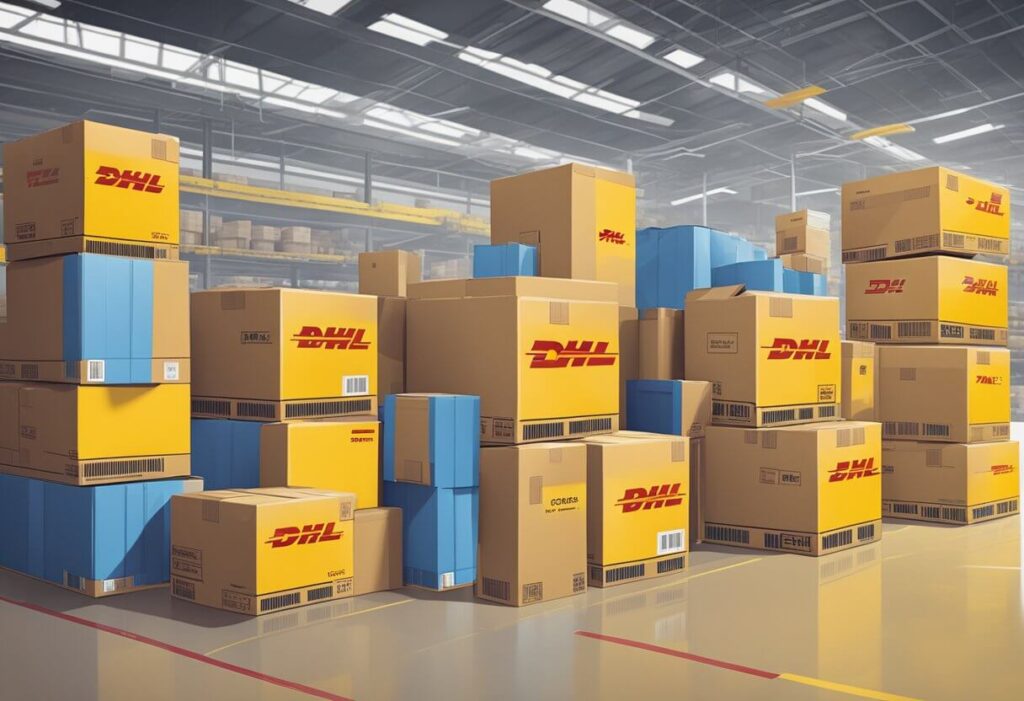
With worldwide supply chain issues in recent years, shipping carriers like DHL grapple with transportation capacity challenges too.
Their fleet of planes, vehicles, and staff operate at full throttle daily to meet customer demand. But when volumes spike around holidays or sales events, DHL runs short on transport availability.
Lacking trucks, air freight space, or delivery drivers to keep up with overflowing shipments, DHL has no choice but to hold packages at their facilities until there’s capacity.
Firstly, this causes delivery delays. But more importantly, temporary shipment holds prevent loss or damage from overburdening their system.
If your package shows delayed beyond initial estimates, DHL may be battling transportation shortages. Ask their support about delivery re-routing to a less impacted area. Or request hold-for-pickup at a local DHL location when possible.
Natural Disasters or Severe Weather
Extreme weather can also cause DHL shipments to be put on hold. Events like hurricanes, floods, or winter storms can completely halt delivery services.
DHL suspends pickups and deliveries during severe conditions for everyone’s safety. Couriers cannot risk driving on debris-littered or flooded roads. And packages shouldn’t fly through turbulent skies or sit soaked in downpours.
So when adolescence weather strikes mid-transit, DHL facilities typically hold shipments until the event clears and operations resume.
For instance, if your package gets stopped due to a typhoon in Asia, it may read “on hold” for several days until winds die down and infrastructure recovers enough for transports to begin moving again.
Natural disasters are unpredictable and the waiting period is beyond DHL’s control. But regularly checking for tracking updates ensures you’re informed the moment your shipment starts flowing towards its destination again.
Technical Issues at DHL Hubs
Behind the scenes, DHL utilizes complex technology and machinery to keep parcels flowing smoothly around the globe.
But when technical problems do crop up with key equipment like:
- Tracking systems
- Label printers
- Conveyor belts
- Cargo loaders
- Forklifts
Critical sortation and distribution processes get interrupted. DHL then contains affected shipments in holding zones until specialists resolve the mechanical or digital issue.
These technical delays are usually brief. Still, if your package seems stuck for excessive days at the same hub location, inquire with support in case an outage is causing backlogs.
Having visibility from DHL on specific reasons for shipment holds allows recipients to set expectations accordingly.
Incorrect or Incomplete Delivery Details
Mistakes happen. When shippers supply inaccurate delivery details, packages won’t arrive at the proper place.
If issues like incorrect addresses, phone numbers, recipient names, or missing apartment numbers appear on the shipping label or import forms, DHL must pause and verify info.
They cannot just dump a parcel on a doorstep hoping it’s right. Confirming correct recipients beforehand prevents lost goods and irate customers.
But the address confirmation process puts shipments in a holding pattern until DHL can contact shippers or recipients to validate specifics.
If your tracking shows an unexpected hold with vague details, an address clarification check may be underway. Proactively confirming your information with DHL will get the right parcel to your home faster.
Customs Duties and Taxes Not Paid
Import taxes, excise taxes, fees, and customs duties often apply for international DHL shipments depending on:
- Destination country
- Item type, category, or description
- Shipment value
- Origin region
These costs sometimes exceed initial prepaid estimates. Other times, issues arise where prepayments don’t process.
When outstanding taxes or import charges remain, customs places shipments on hold until either DHL or recipients cover balances.
If your package stalls unexpectedly at customs, contact DHL to see if an unpaid duties bill is stifling your delivery. Quickly settling open invoices gets parcels moving again. Just watch out for exorbitant storage fees the longer cargo lingers.
Security and Compliance Checks
Stringent security regulations require DHL to proactively scan parcels for prohibited items, leaks, or threats. Advanced screening technology and manual inspections identify higher-risk packages for further verification.
These random spot checks ensure dangerous goods don’t slide through the system. But enhanced diagnostics also introduce shipment delays, even when contents are perfectly legal.
Similarly, customs flags certain product categories like electronics, food items, health products, and batteries for compliance checks before final release.
If either DHL or border security selects your shipment for secondary scanning, it gets sidelined into lengthy examinations before authorities clear it for transit.
Have patience and cooperate fully if contacted about inspections to avoid extra obstacles down the road. Most checks wrap up quickly with no issues found.
Social Unrest or Transportation Strikes
Beyond weather disruptions, circumstances like political instability or employee strikes bring transport routes to a standstill too.
Road blockades, airport shutdowns, and port closures are common leverage tactics used during periods of social unrest. These force DHL to temporarily ground delivery fleets impacted by demonstrations or labor disputes.
Shipments originally in transit through affected areas reroute around hot zones. But with limited alternate pathways, warehouses brim with overflow as vehicles stop moving.
Your package avoids getting stranded amid protests. But the rippling aftermath STILL causes delays and cargo piles up to be held during shutdowns.
Social unrest generally settles allowing deliveries to resume after days or weeks. Yet preparations help ease the frustration from an untrackable package stuck in limbo.
Steps to Take When Your DHL Shipment is On Hold

Wondering what actions to take when your DHL shipment is on hold? Here are your best options:
Contact DHL Support
Firstly, reach out to DHL customer service with your tracking number. DHL can provide current status details and next steps specific to your situation. Usually, the “further details” in tracking will call out the exact reason for any shipment on hold too.
Verify Paperwork
Double check all commercial invoices, packing lists, shipping labels and customs forms for accuracy if missing paperwork causes the hold. Send corrected documents to resolve issues stemming from incomplete information.
Await Resolution
For holds tied to technical outages, weather events or random security checks, delays are unavoidable. Regularly monitor tracking while awaiting backlogs and disasters to settle before transit resumes.
Change Delivery Destination
If feasible for your situation, alter the shipment’s final address to a less impacted hub location to sneak past bottlenecks in overloaded customs zones or ports.
Pick Up In-Person
Rather than await courier dispatch once a hold clears, inquire about self pickup from your nearest DHL retail outlet to get parcels home sooner.
Conclusion
From clearance delays and paperwork issues to unrest and weather, we covered the primary reasons DHL frequently puts shipments on hold during transit.
While any delay can negatively impact recipients relying on timely deliveries, most causes are unavoidable and eventually resolved allowing packages to get back en route within days or weeks at most.
By keeping tracking details handy and getting customs documents organized upfront, you can easily respond when hiccups arise, tackle fixes early on, and turn frustrating shipment holds into only minor bumps along the global path to your front door.

